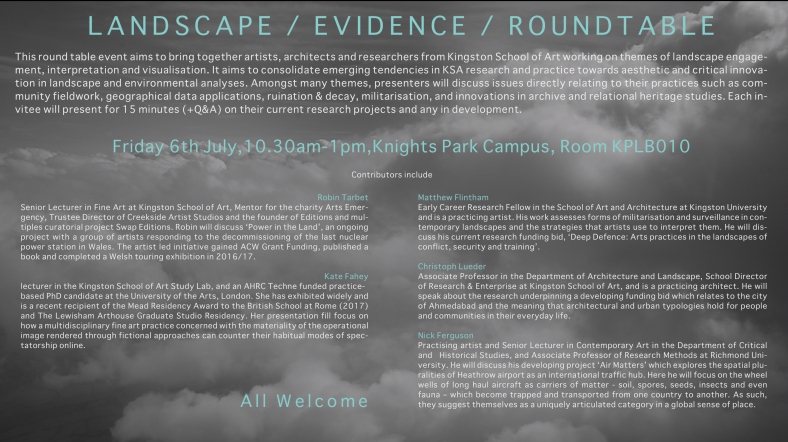Gofalwch Am Eich Gilydd / Look After Each Other is now appearing throughout the community, from local to North Wales all the way to Leeds. Here it is installed in Abergele at the Family Centre.
Cefnogwyd y cynllun yma gan arian y Loteri Genedlaethol drwy Gyngor Celfyddydau Cymru.
This project was made possible through funding from the Arts Council of Wales’s National Lottery Fund.
Here is what was included on the info panel.
Crëwyd Gofalwch am eich gilydd yn 2016 fel rhan o brosiect Pŵer yn y Tir, mewn ymateb i gau atomfa olaf Cymru, Yr Wylfa. Caiff yr arwydd ger mynedfa’r atomfa ei ail-greu yma – fe’m trawyd gan y dyngarwch a’r farddoniaeth oedd yn annisgwyl yn y fath le. Mae’r gwaith yma’n teimlo’n fwy perthnasol heddiw nag erioed.
Look After Each Other was created in 2016 as part of the Power in the Land project, in response to the closure of Wales’ last nuclear power station at Wylfa. The sign by the entrance is recreated here – I was struck by the humanity and poetry, unexpected in a place like this. The work feels more relevant today than ever it did.











